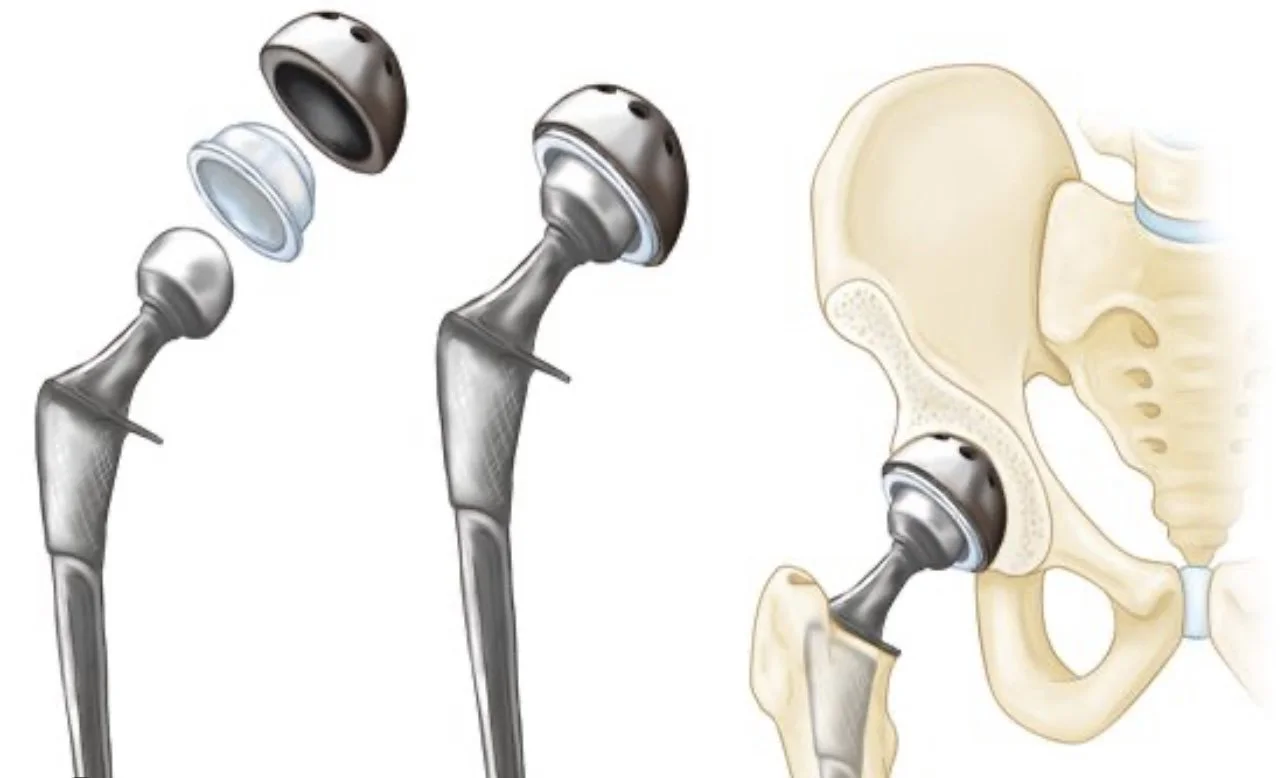What Is Cobalt Toxicity and Why Should You Care?
Cobalt toxicity is a condition that occurs when there is an excessive amount of cobalt in the body, leading to harmful effects on the organs and tissues. Cobalt is a naturally occurring element that is used in various industries, including the production of batteries, metal alloys, and pigments. It is also used in medical implants, such as hip replacements and dental implants.
When cobalt enters the body, it can accumulate in the organs and tissues, leading to cobalt toxicity. The symptoms of cobalt toxicity can vary depending on the level of exposure and the individual's sensitivity to cobalt. Some common symptoms of cobalt toxicity include:
- Shortness of breath
- Chest pain
- Fatigue
- Weakness
- Joint pain
- Skin rashes
- Nausea and vomiting
- Loss of appetite
- Headaches
- Vertigo
- Ringing in the ears (tinnitus)
In severe cases, cobalt toxicity can lead to heart failure, neurological damage, and even death.
Cobalt toxicity can occur through various sources, including occupational exposure, ingestion of contaminated food or water, and medical implants. The risk of cobalt toxicity is higher in individuals with kidney or thyroid problems, as these organs are responsible for filtering out cobalt from the body.
If you suspect that you may have cobalt toxicity, it is important to seek medical attention immediately. Treatment for cobalt toxicity may include removing the source of exposure, such as a medical implant, and administering medications to manage symptoms and reduce the amount of cobalt in the body.
Cobalt toxicity is a serious condition that can lead to harmful effects on the body. If you work in an industry where you may be exposed to cobalt or have a medical implant that contains cobalt, it is important to be aware of the symptoms of cobalt toxicity and seek medical attention if you experience any of these symptoms.
Importantly, there is evidence that people with cobalt toxicity have been misdiagnosed with a neurologic disorder. Cobalt toxicity can cause symptoms that are similar to those of neurological disorders, such as Parkinson's disease or multiple sclerosis. This can lead to misdiagnosis and delayed treatment for cobalt toxicity.
A study published in the Journal of Neurology, Neurosurgery, and Psychiatry in 2014 found that cobalt toxicity can cause a range of neurological symptoms, including tremors, cognitive impairment, and gait disturbances. The study also found that cobalt toxicity was often misdiagnosed as a neurodegenerative disorder, such as Parkinson's disease or multiple sclerosis.
Another study published in the Journal of Arthroplasty in 2016 found that cobalt toxicity from metal-on-metal hip implants can cause neurological symptoms, and that many patients with cobalt toxicity were initially misdiagnosed with other conditions, such as fibromyalgia or chronic fatigue syndrome.
It is important to note that cobalt toxicity is a rare condition, and not everyone with a medical implant containing cobalt will develop cobalt toxicity. However, if you have a medical implant containing cobalt and are experiencing symptoms such as tremors, cognitive impairment, or gait disturbances, it is important to discuss these symptoms with your healthcare provider and consider testing for cobalt toxicity.
Interestingly, there is evidence that some surgeons still use metal-on-metal implants, although their use has declined in recent years. Metal-on-metal implants were once a popular choice for hip replacements due to their durability and longevity. However, concerns about their safety and the risk of cobalt and chromium toxicity have led to a decline in their use.
In 2013, the US Food and Drug Administration (FDA) issued a safety communication warning about the risks associated with metal-on-metal hip implants. The communication stated that metal-on-metal implants had a higher failure rate than other types of hip implants and could lead to metallosis, a condition where metal debris from the implant can cause tissue damage and pain.
Despite these warnings, some surgeons still use metal-on-metal implants, particularly in younger patients who may be more active and require a more durable implant. However, the use of metal-on-metal implants has declined in recent years, and many surgeons now prefer other types of implants, such as ceramic or polyethylene implants.
It is important to note that the decision to use a particular type of implant is based on a number of factors, including the patient's medical history, age, and lifestyle, as well as the surgeon's experience and preference. If you are considering a hip replacement or have concerns about the type of implant being used, it is important to discuss these issues with your healthcare provider.

